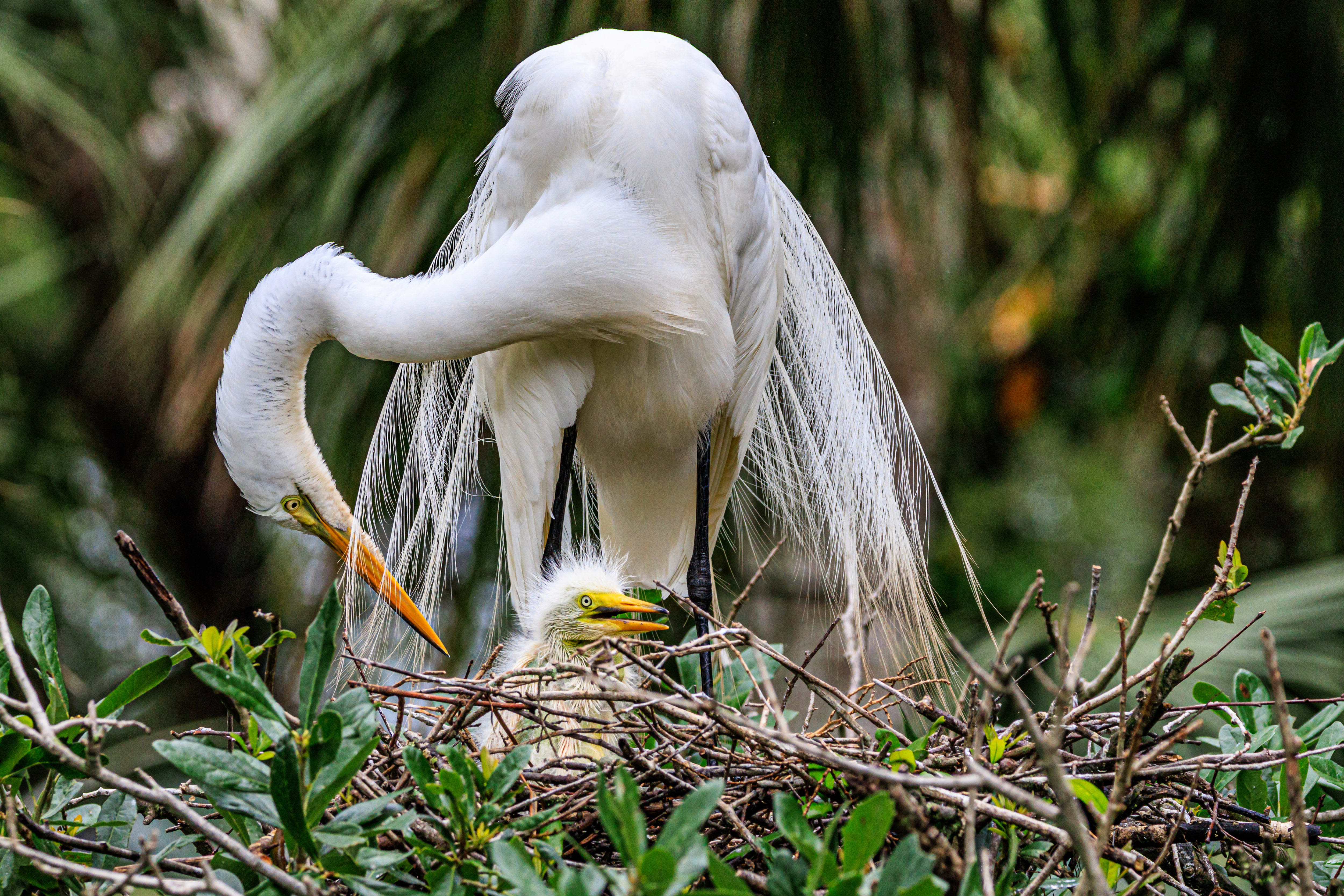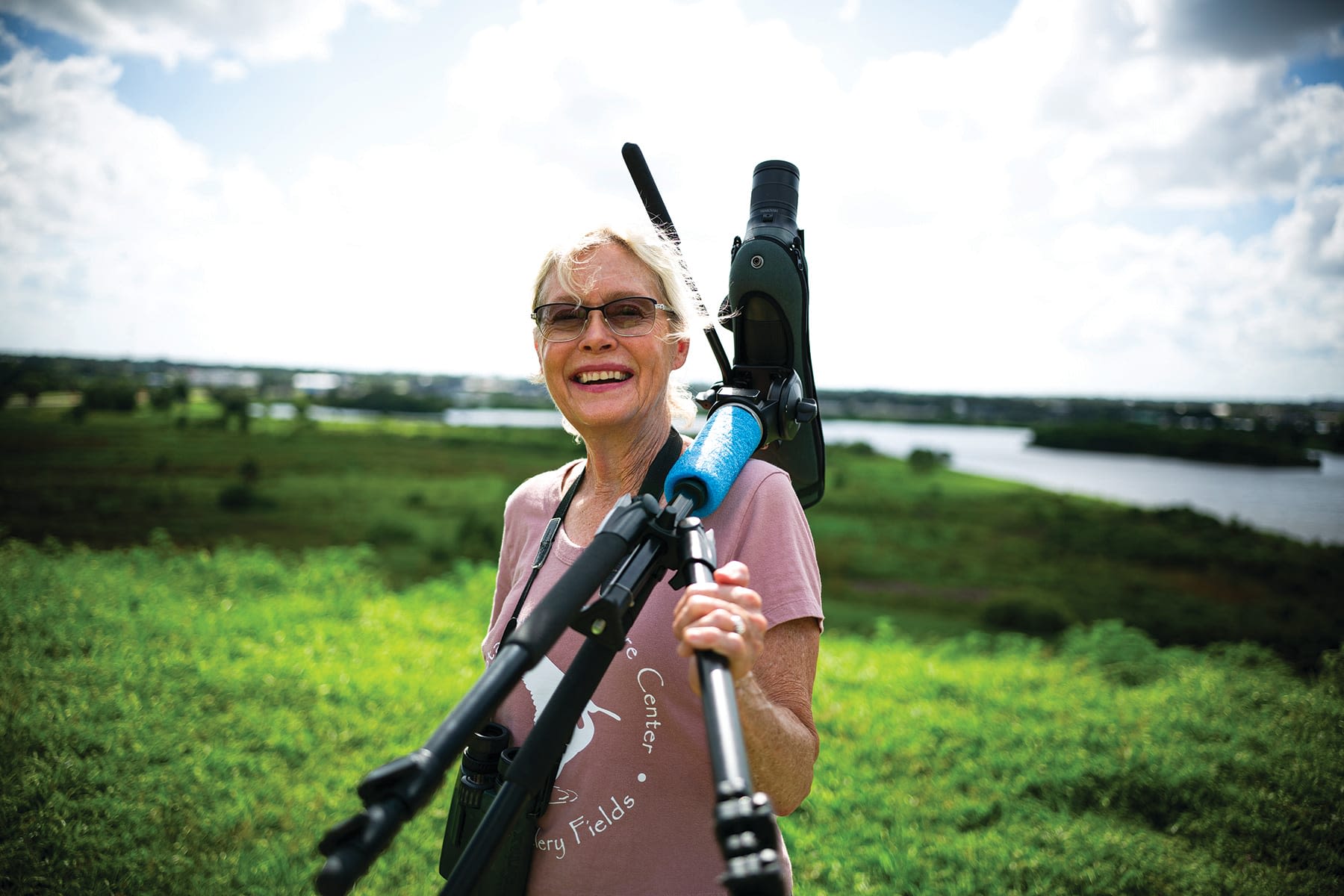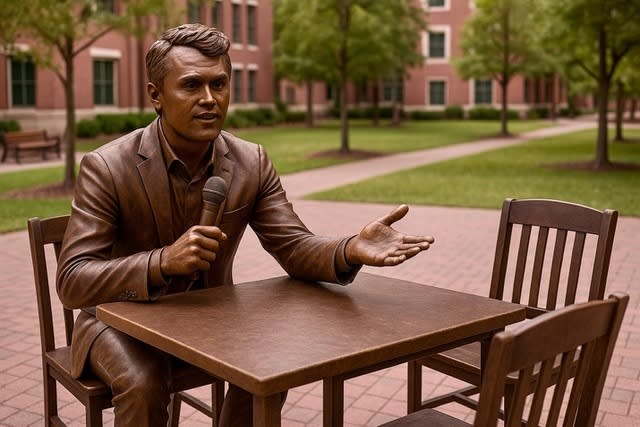What Is Coastal Resilience and Why Is It Crucial for Sarasota?
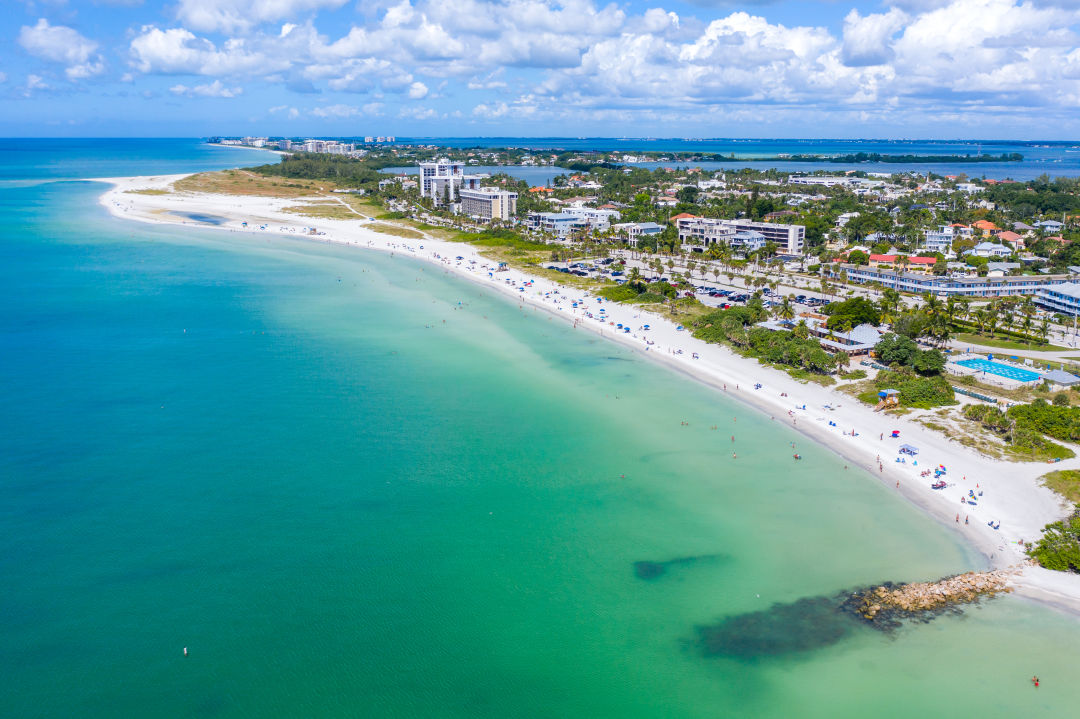
In the wake of Hurricane Ian, many Gulf Coast residents resemble that devastated kid on the beach, staring down at what little remains of their sandcastle. With pails and shovels in hand, how is it possible to rebuild better and withstand future storms?
It’s no secret that climate change is stirring up trouble. In April, Sarasota's Climate Adaptation Center predicted an increase in the frequency of local hurricanes, and, with Ian alone, the area has witnessed massive damage to Gulf Coast treasures like Venice Theatre, widespread inland flooding and the displacement of both residents and wildlife.
New College of Florida's recently announced New College Challenge, a yearlong initiative, aims to create solutions to increase our area’s resilience.
According to Harvard University professor and Boston architect Chris Reed, coastal resilience “refers to an ecosystem’s ability to respond and adapt to stress like climate change." Reed will speak in Sarasota on Wednesday, Oct. 26, in a free lecture that is open to the public as part of the New College Challenge launch week. He was invited to participate because of his past work finding solutions to similar issues facing people on the island of Nantucket and in Rhode Island. Like Sarasota, these seaside dwellings are susceptible to the effects of climate change.
“I study the impacts of climate change all over the world,” says Reed. These impacts include an increase in sea level, storm intensity, storm surge and urban heat.
Christine Johnson, president of the Conservation Foundation of the Gulf Coast, points to inland flooding as especially concerning. “In the last 20 years, we’ve had multiple ‘hundred-year floods,’” she says, “but this term is misleading, since we only have flood data from the past 100 years.” One hundred years is a drop in the bucket of our planet’s history, making an increase in flood events a pressing concern.
Johnson says planning for future storms requires focusing more on their inland impact, creating areas designed to absorb floodwater.
“Roughly 50 or 60 years ago, we ditched and diked both coastal and inland wetlands, building canals and houses on what used to be marshlands and floodplains,” she says. Without these ecosystems, there’s no way for the ground to absorb water, leading to floods.
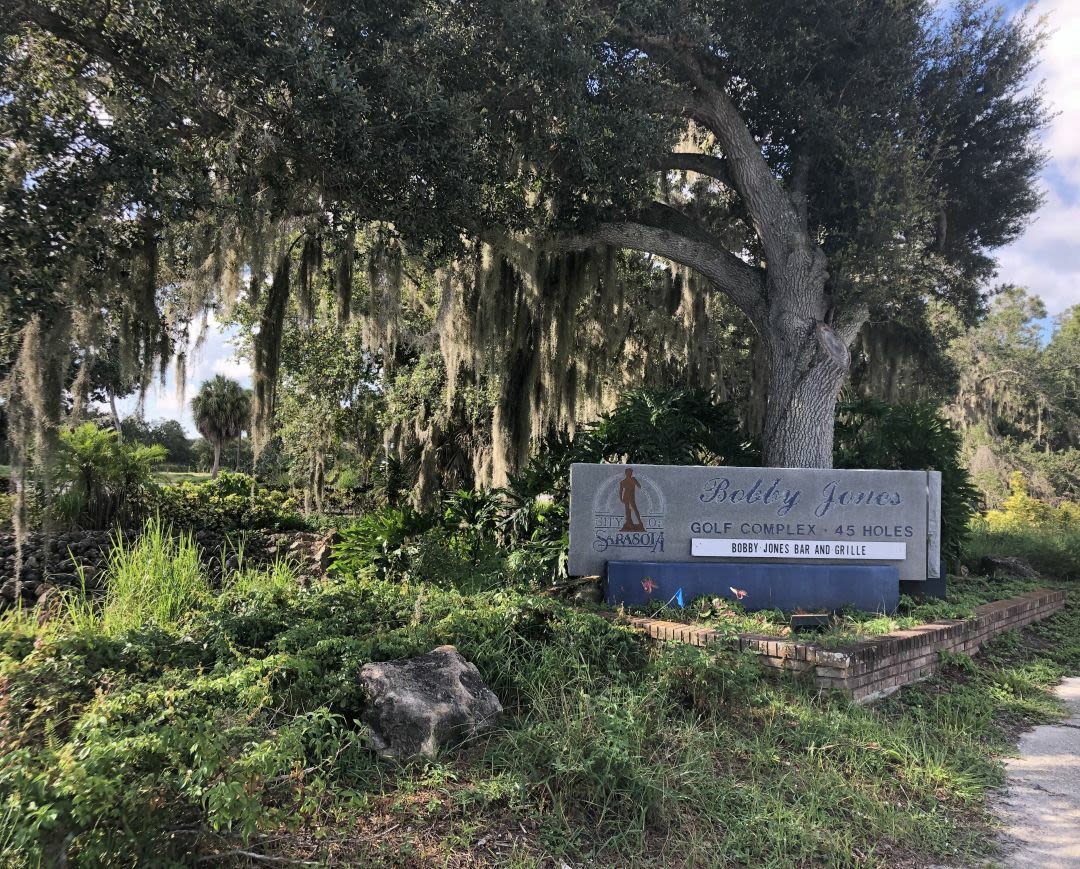
The Bobby Jones Golf Glub flooded during Hurricane Ian, protecting nearby homes and businesses from dangerous stormwater.
Image: Kim Doleatto
While building barrier walls may seem like a solution, both Reed and Johnson agree that such methods worsen the situation. However, creating dedicated conservation areas can provide benefits, as Johnson saw with the Bobby Jones Golf Club after the storm.
“The entire property was underwater and looked like it would have 100 years ago,” she says, “meaning that it absorbed and held the water like it was designed to do.” Creating more areas like it means that fewer structures will be damaged by floodwaters that have nowhere else to go.
Socioeconomic status also plays into the effects of flooding. “Many studies show that climate change disproportionately affects lower-income and racially diverse communities,” says Reed. “They have the least means to address the problem,” he says, “meaning that relocating isn’t always an option.” Lower-income neighborhoods also often face a lack of biodiversity, have more urban heat and have less access to green spaces, often exacerbating the effects of climate change.
“We need to think across the spectrum and give special attention to understanding how programs can support these lower-income communities,” says Reed. Working on the Pittsburgh Uptown EcoInnovation District provided him with potential solutions. “For the district, we wanted to make sure that current residents wouldn’t have to relocate, so in addition to new infrastructure, we used program funding to make the already existing buildings as energy efficient as new ones,” he says. The project also created more greenspaces for the neighborhood, making it more walkable and accessible.
Florida has the unique privilege of preserving and adapting land not only for residents but also for its many visitors. “Florida’s whole economy is built on tourism, and more people come to Florida to view wildlife than any other state,” says Johnson. Sarasota's mangrove tunnels and tidal wetlands, home to migratory birds, are a huge draw.
“The mangrove forests, marshlands and tidal wetlands are our biggest natural defense against flooding, acting as a green wall and offering critical wildlife habitats, improved water quality and stormwater storage,” says Johnson. As a result, these landscapes are crucial for storm resilience and for the state’s economy.
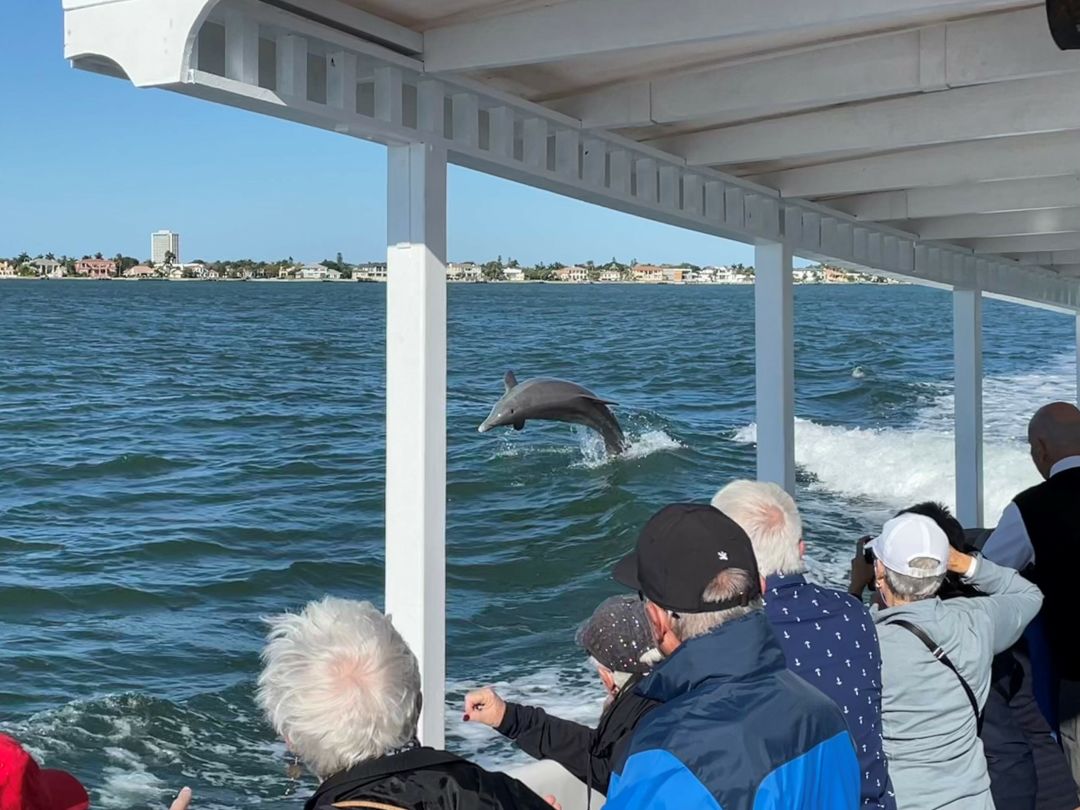
More tourists visit Florida to see wildlife than any other state, making our environment essential to the local economy.
Image: Marie Selby Gardens
“If we build over those habitats, then we kill the goose that laid the golden egg for our community,” says Johnson. Destinations like Sanibel Island, almost completely destroyed by Ian, remain a cautionary tale for Florida's tourism-based economy in a future dealing with climate change.
Reed lists some ways to improve coastal resilience, including reinforcing natural defense systems like barrier islands and designing urban spaces with flood berms, shorelines and parks that allow water in safely. He says a retreat strategy, which calls for no longer inhabiting vulnerable areas, is also a possibility, albeit a controversial one.
“We need to accept that we’re living with changing conditions,” says Reed, “and design to adapt accordingly.” As stewards of the Sunshine State, residents have a responsibility to make communities more resilient. “We’re always searching for new places where conservation can have an impact,” says Johnson.
The New College Challenge begins Tuesday, Oct. 25 and runs for one year. Chris Reed's lecture takes place at 5:30 p.m. on Wednesday, Oct. 26, at Sainer Pavilion at New College. The talk is pen to the public and admission is free. Get involved with the Conservation Foundation of the Gulf Coast here, or email [email protected] with your conservation ideas.
